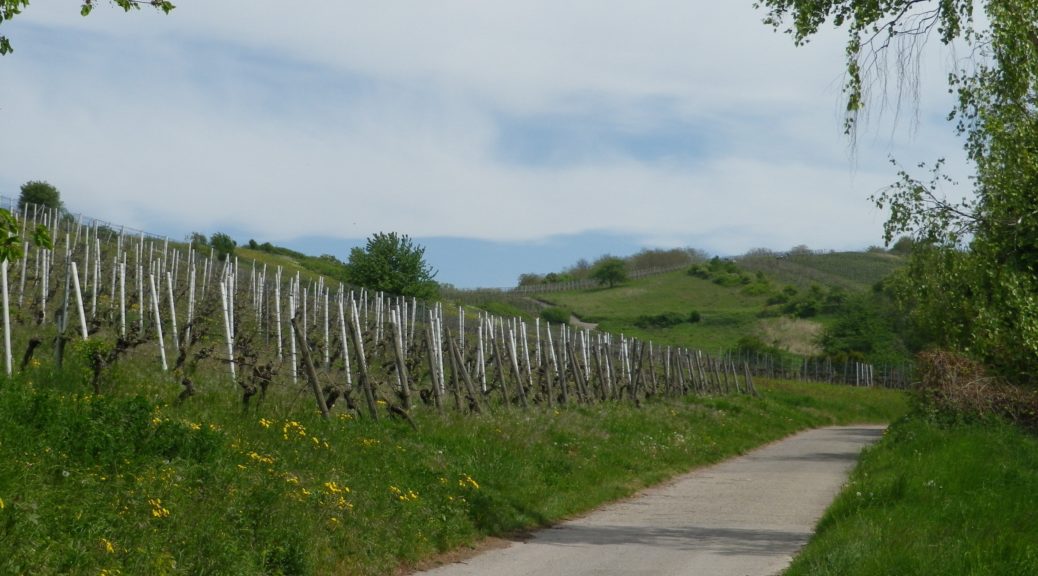Anyone fortunate enough to be in Germany in late April, May or the first half of June, has undoubtedly experienced “Spargel Saison”: Asparagus Season. These are not your ordinary asparagus spears! They are round, and fat, and so fresh-looking as to be unreal. They are ethereally white, and they have a dainty crisp-tenderness that defies description. They can also be extremely expensive, with the first local spears starting at around $30 for a kilo (2.2 pounds). It is the white gold of the vegetable world (excepting hops shoots, which relate to beer so we won’t go there) – ranking up there with other costly edibles such as white truffles and saffron.
Come Asparagus Season, traditional dishes such as asparagus cream soup (many variations, but all delicious), and steamed asparagus spears with herbed crepes (or steamed potatoes) and hollandaise sauce, make their seasonal appearance on menus across the country, but especially in the Rhine Valley. Suggested wine pairings include Baden’s Gutedel, and Franconia’s Silvaner wines.
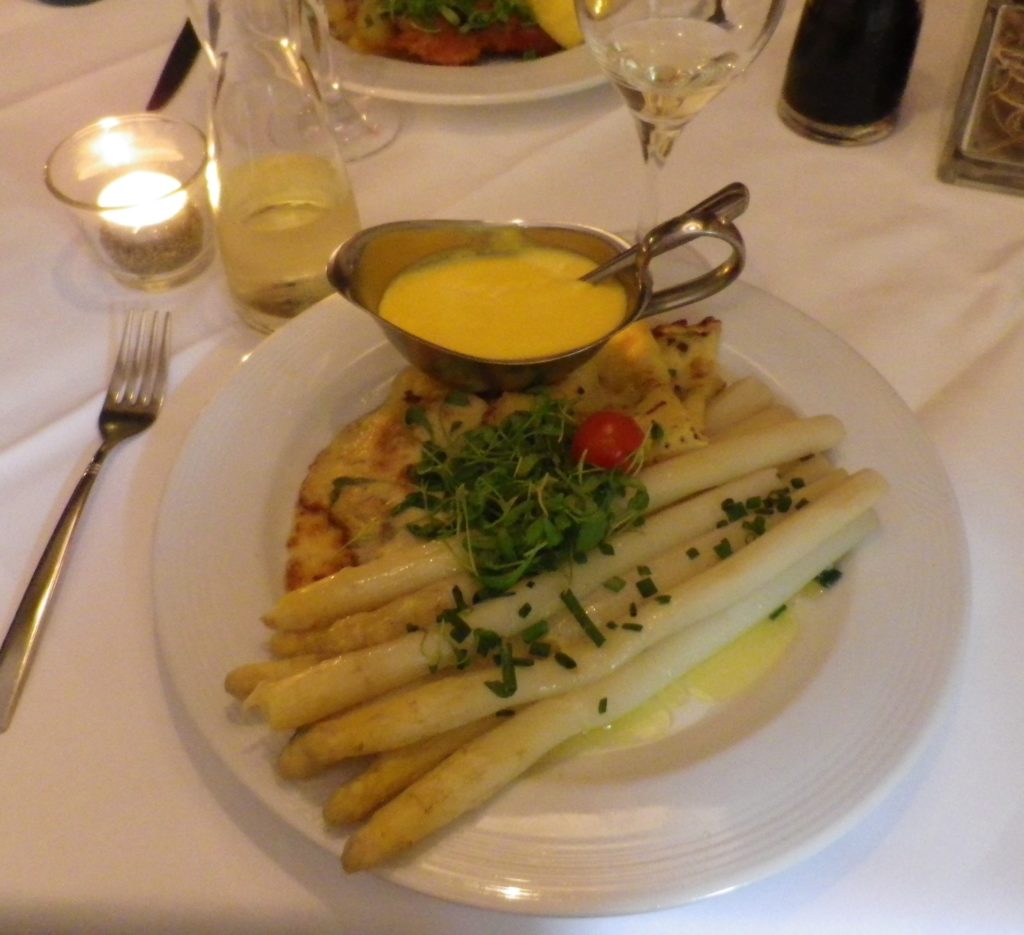
Therefore, when I came across a bicycle circuit called Weisses Gold und Traubensaft (White Gold and Grape Juice), ranging between fields of asparagus banks, and vine-covered hillsides in the Kraichgau district of the Baden wine region, I resolved to cycle the trail one day. But I deliberately waited until Spargel Saison, so that I could enjoy these delicacies at the end of the circuit.
Given the different agricultural requirements of vines and asparagus, this trail varied quite a bit. Beginning in Oestringen, and following the main street out of town, I was soon climbing hills. At Angelbachtal, once past the water palace, I saw the first of many vines. Around Rauenberg, the vines were the predominant feature of the landscape, and the hills were at their highest.
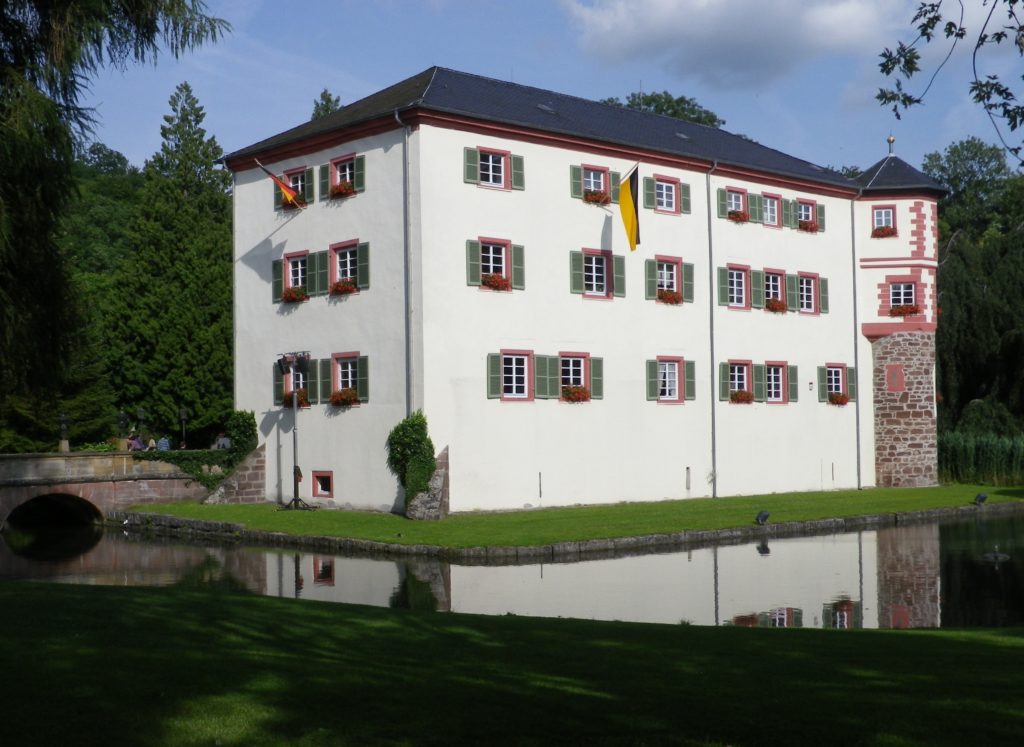
Coming to Wiesloch, the trail passed the Winzerkeller Wiesloch, the local cooperative. Here, the hills began to lose some height, and the vines disappeared. Heading west, the landscape became distinctly flatter. By the time I reached the center of Wiesloch, passing a charming pedestrian zone filled with cafes and restaurants along the way, the pedaling had become quite easy.
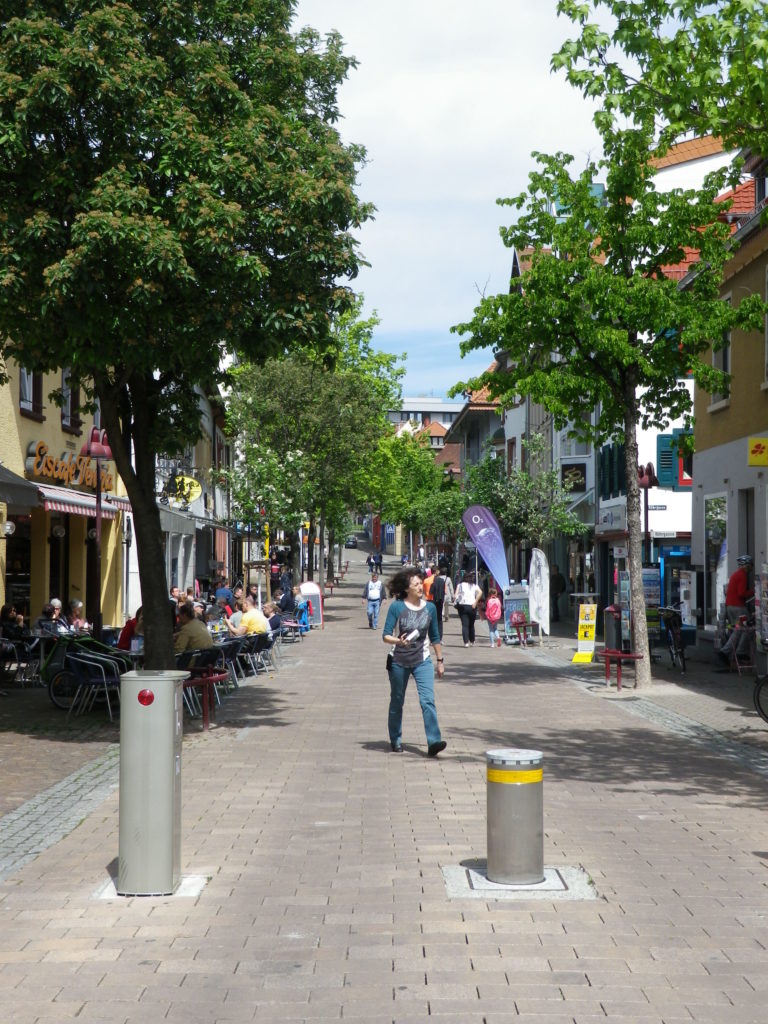
The only other “hills” were the two pedestrian/bicycle bridges over the highways, A5 and A6. Looking down on A5, at a standstill heading toward Heidelberg, made me glad to be on a bike. Many Germans ride their bicycles to work year-round for just this reason. It makes economic and ecological sense, especially given the excellent state of their bike paths, and the distance these often maintain from cars.
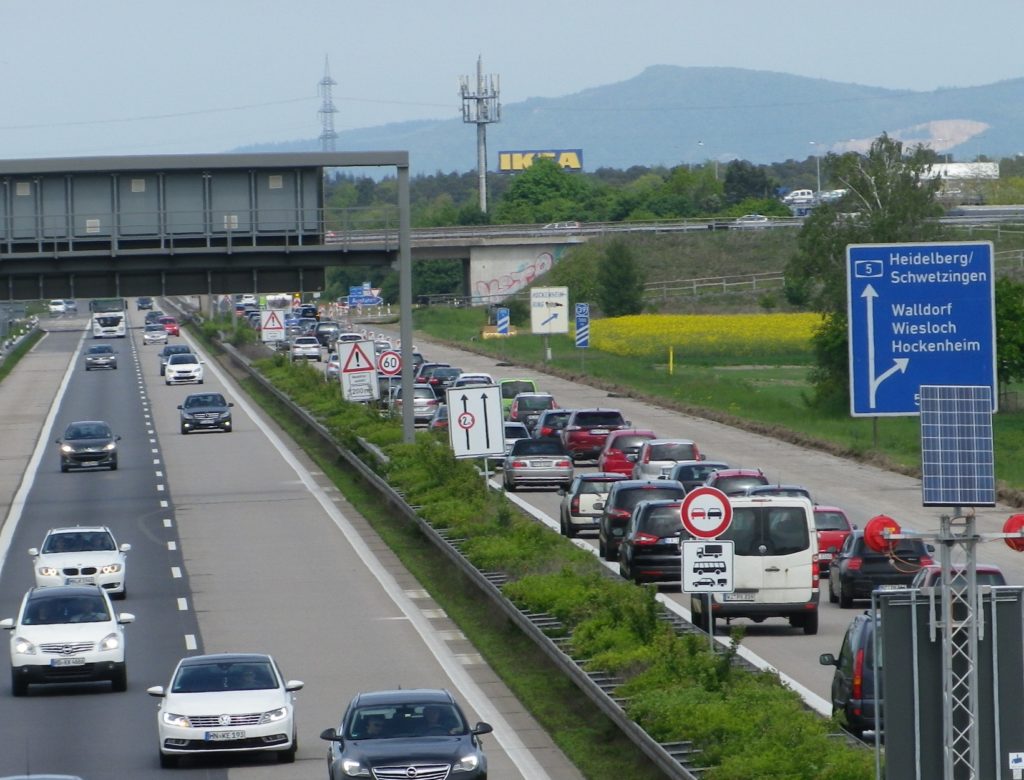
Outside Walldorf, I entered asparagus-land. Large plots had dozens of raised banks, under which the asparagus grow. Often covered with sheets of plastic, these banks are harvested by hand just about every day during the season. The harvesters look for cracks in the soil on top of the bank, indicating that an asparagus spear is about to show its tip above ground. It is crucial to harvest this spear before it sees the light of day, so harvesters dig it out at that point. (This tip comes courtesy of the Asparagus Princess from a town in the Pfalz where I once bought white asparagus to cook. Cooking tip (from me): let the chefs do it.)
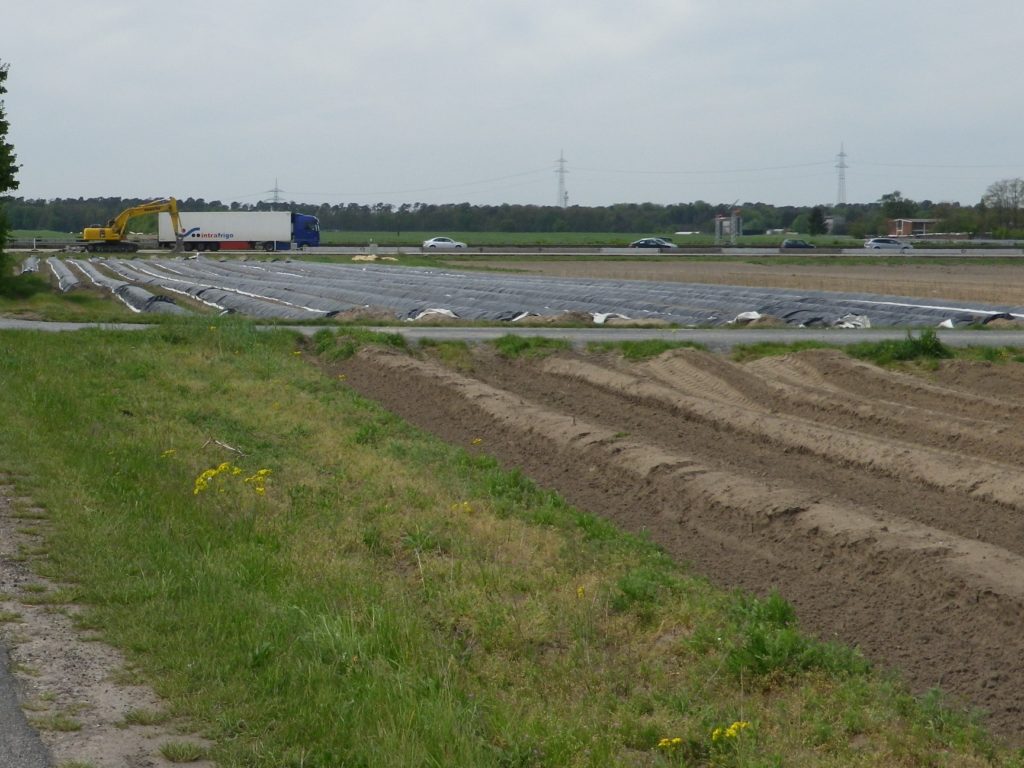
The final stretch of this trail took me through a large forest – a delightful, peaceful interlude through towering trees, on well-maintained paths. Once out of the forest, Oestringen came into view, as well as visions of some local, fresh white asparagus and Kraichgau white wine! Two of Baden’s treasures to savor in spring.
